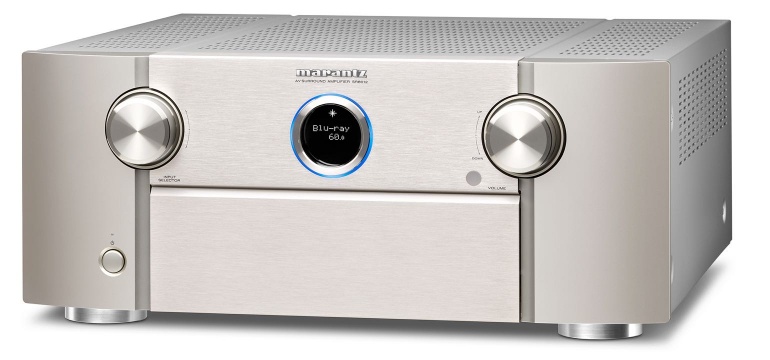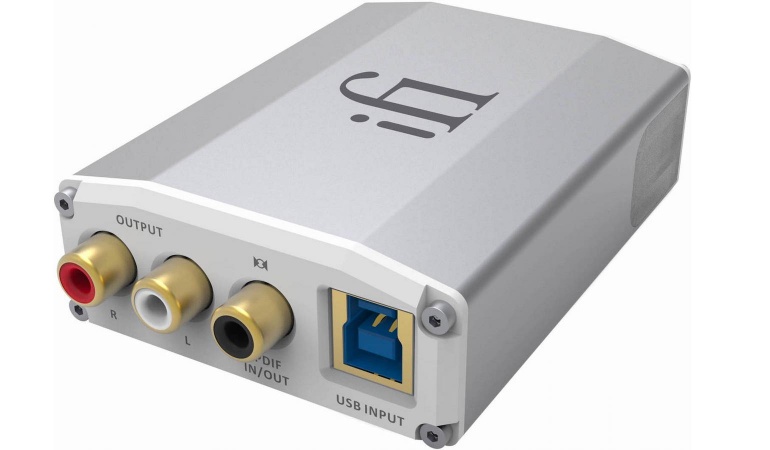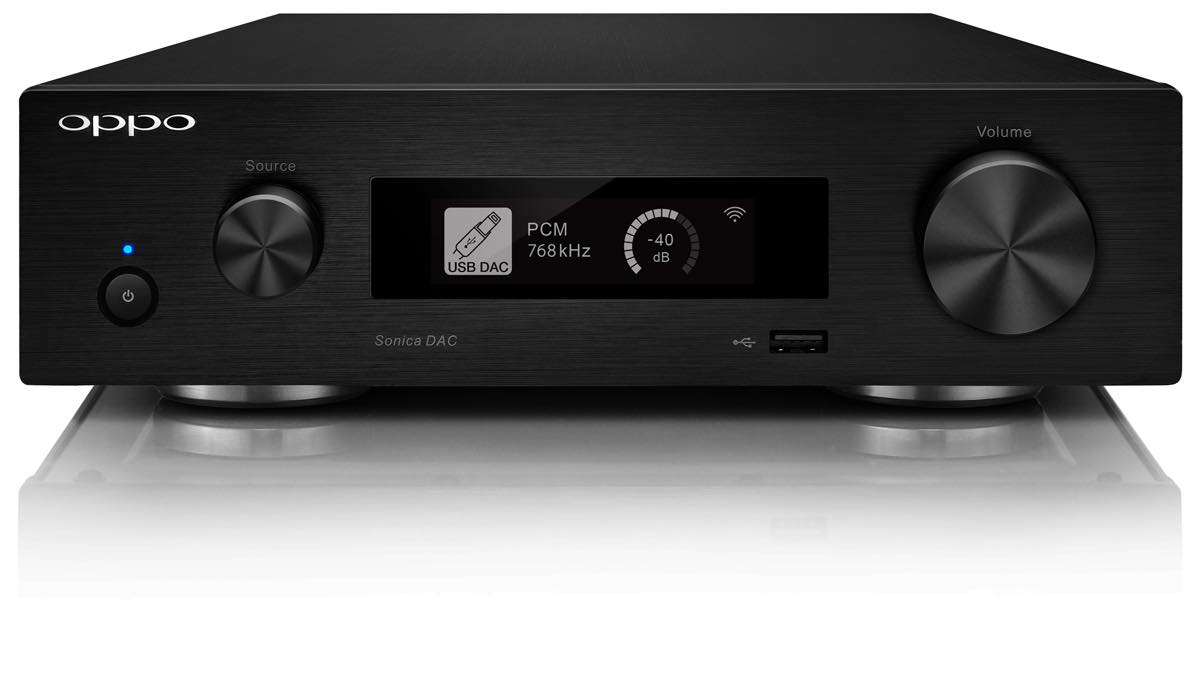A DAC or digital-to-analog converter, what is it? In this article, we will discuss what you need to know about the DAC, such as how it works, the differences between integrated and independent models, and the various reasons for getting a good DAC.
Updated on 1st September 2023
What is a DAC?
A Digital-to-Analog Converter, commonly referred to as DAC, is an electronic device that converts digital data (binary code) into an analog audio signal. In simpler terms, it takes digital audio data, which consists of discrete 0s and 1s, and transforms it into an analog waveform that can be sent to headphones, speakers, or other audio equipment for sound reproduction.
A DAC may not be the most familiar part of your audio set, but it can play a serious role. The chances are that you already have one at home. Because as soon as you are dealing with a digital sound source, you need a DAC. Such a device, also known as a d / a converter, translates the digital data stream to analog sound or the ones and zeros of your source to a signal that your speakers can handle. Not unimportant to mention is that DACs also play a role in AV receivers, for converting the digital audio data on Blu-rays, but also from Netflix to analog audio.
A DAC is a chip that you can use for devices such as CD players, streamers, and AC-receivers as a stand-alone device. More concretely: a DAC can be found in any device with an analog output. Integrated into your existing equipment or purchased as a separate component, the fact is that the DAC significantly influences the display quality of your audio set. A lot can indeed go wrong during the conversion. Therefore, it is very interesting to take a good look at the quality of your existing DAC and, if necessary, switch to a separate model. The odds are that you can take a serious step forward with a (better) d / a converter.

Besides the differences in hearing, there are also some practical matters to consider if you want to purchase a DAC – still separate from all conceivable types and sizes found on the current market.
Why a stand-alone DAC?
The most important question: why would you purchase a stand-alone DAC?? That is very simple: a loose DAC usually has a much better quality than the DAC chip that you find in your PC or telephone. The DAC in a computer is usually a cheap component. Moreover, it is close to all other parts that influence the conversion and, thus, the display and performance.
There are two scenarios in which you are already much better off investing in a stand-alone DAC. : for mobile use and headphones at home. The – of course, also handy – mobile DACs replace your smartphone’s d / a converter. In addition, they are often combined products: in addition to DACs, it is usually also headphone amplifiers, which also take over that part of the audio process from the technology in your phone or mobile player – certainly interesting for better headsets! A hi-fi headphone at home also helps with some extra attention for signal conversion because you usually connect it directly to the source; there is a good chance that the stand-alone DAC will handle the conversion better than the technology in your source device.
What are the differences?
Under the hood, you will find the differences mainly in the chip used because not every chip converts equally well. In addition, the structure of the entire circuit and its influence on the performance, the connections, and the construction quality of the component are decisive.

Good to know: a DAC chip and associated filters do not merely do a ‘cold conversion’ (or sec the conversion from one signal to another without affecting the result) but contribute to the timbre. In addition, some manufacturers do not use special DAC chips from brands such as ESS or Texas Instruments but program a universal chip or FPGA themselves. That is why it is very important to compare well with the other combinations in your set.
Since a DAC has to convert the digital information of all your digital sources to the analog domain, it needs the right inputs and outputs. To have. Regarding the inputs, you generally have the choice of six types: optical, coaxial, XLR (AES / EBU), I2S, HDMI, and USB. As far as the outputs are concerned, it is a lot easier. You need a pair of RCA outputs (cinch), possibly supplemented with balanced outputs on XLR. And if you are a headphone lover, an output (preferably on the front panel) in the stereo jack format is a nice plus.
Ideally, your DAC has multiple optical and coaxial digital inputs, with at least one XLR input (AES / EBU), an I2S port, and a USB port that allows for asynchronous data transmission and complies with the USB Audio Class 2 standard. Conveniently, you can choose the desired input with a remote control – infrared or an app on your iOS or Android device. In some cases, the correct input can also be chosen by an ‘auto sensing’ system, where the DAC then chooses the entrance to which it sends an active signal.
When to buy a DAC?
Admittedly, a DAC is not the first purchase in your set. The old adagio is ‘source-amplifier-speakers,’ where you must spend 20, 40, and 40 percent of your budget. You can add 5 to 10 percent for the cabling, and you do not have an external DAC. However, it is interesting to lift a system with such a DAC to a higher level. Please note that a DAC’s purchase (price) must be proportionate to the rest, just like the other components in your set. A good DAC can not save a qualitatively bad set.

If you are planning to purchase a DAC, please note that it has enough inputs to connect all your digital stereo sources properly. A remote control to switch between the different inputs is useful but unnecessary. Regarding the sound-technical side of the case, it is wise to choose a model compatible with as many different sampling frequencies and bit depths as possible.
For the rest, you can not identify a good-sounding DAC based on the specifications. . And also not based on the chipset used because manufacturers place that chip in a larger circuit, where, among other things, filters are still subject to sound adjustments. It is strongly recommended to read the necessary reviews and to make a shortlist of some devices. You can then listen to it at the hi-fi dealer in order to make a definitive choice.
Types of DACs:
- Integrated DACs: These are commonly found in smartphones, laptops, and other consumer electronics. They are built into the device’s motherboard or audio circuitry and serve the primary purpose of converting digital audio files into analog signals for headphone or speaker output.
- Standalone DACs: These are separate, external devices designed to provide higher-quality audio conversion compared to integrated DACs. Audiophiles and professionals often use standalone DACs to improve audio quality in high-fidelity audio systems. They can connect to computers, music players, or other digital audio sources via USB, optical, or coaxial inputs.
- DAC Chips: DACs can also refer to the specific chips or components responsible for the conversion process. Various DAC chips are available, each with its own characteristics and capabilities, catering to different audio applications and budgets.
How DACs Work:
The operation of a DAC involves several steps:
- Digital Input: The DAC receives digital audio data, usually in the form of PCM (Pulse-Code Modulation) from a source device, such as a music player or computer.
- Sampling: The incoming digital signal represents discrete samples of the original analog waveform. The DAC reads these samples at a specific rate, typically measured in kilohertz (kHz).
- Quantization: Each sample’s amplitude is quantized into a specific value based on its digital representation (bits). A higher bit depth allows for greater precision in reproducing the original audio waveform.
- Analog Output: The DAC uses these quantized values to reconstruct an analog voltage waveform that closely resembles the original audio signal. This analog signal is then sent to the amplifier and, eventually, to speakers or headphones for playback.
DAC Positives:
- Improved Audio Quality: A high-quality DAC can significantly enhance audio quality by providing more accurate and faithful reproduction of the original sound.
- Compatibility: DACs can be used to improve audio quality on various devices, including smartphones, computers, and home audio systems.
- Flexibility: Standalone DACs offer flexibility in connecting to different audio sources, allowing for customization of audio components in a setup.
DAC Negatives:
- Cost: High-end standalone DACs can be expensive, limiting their accessibility to audiophiles on a budget.
- Complexity: External DAC setups can introduce additional complexity to audio systems, requiring more cables and potentially complicating user experience.
- Diminishing Returns: The audio quality improvements achieved with higher-end DACs may not be as noticeable on standard consumer-grade headphones or speakers, leading to diminishing returns on investment.
In summary, a DAC is a crucial component in audio systems, responsible for converting digital audio data into analog signals. While they can significantly improve audio quality, especially in high-fidelity setups, the choice of DAC and its benefits may vary depending on the specific use case and budget.




Add Comment